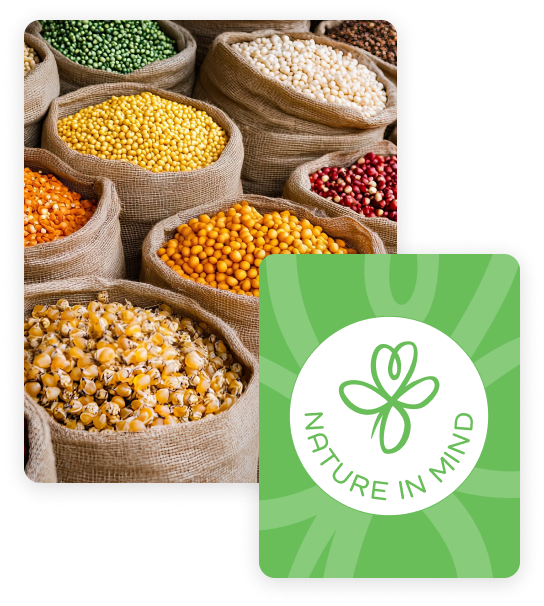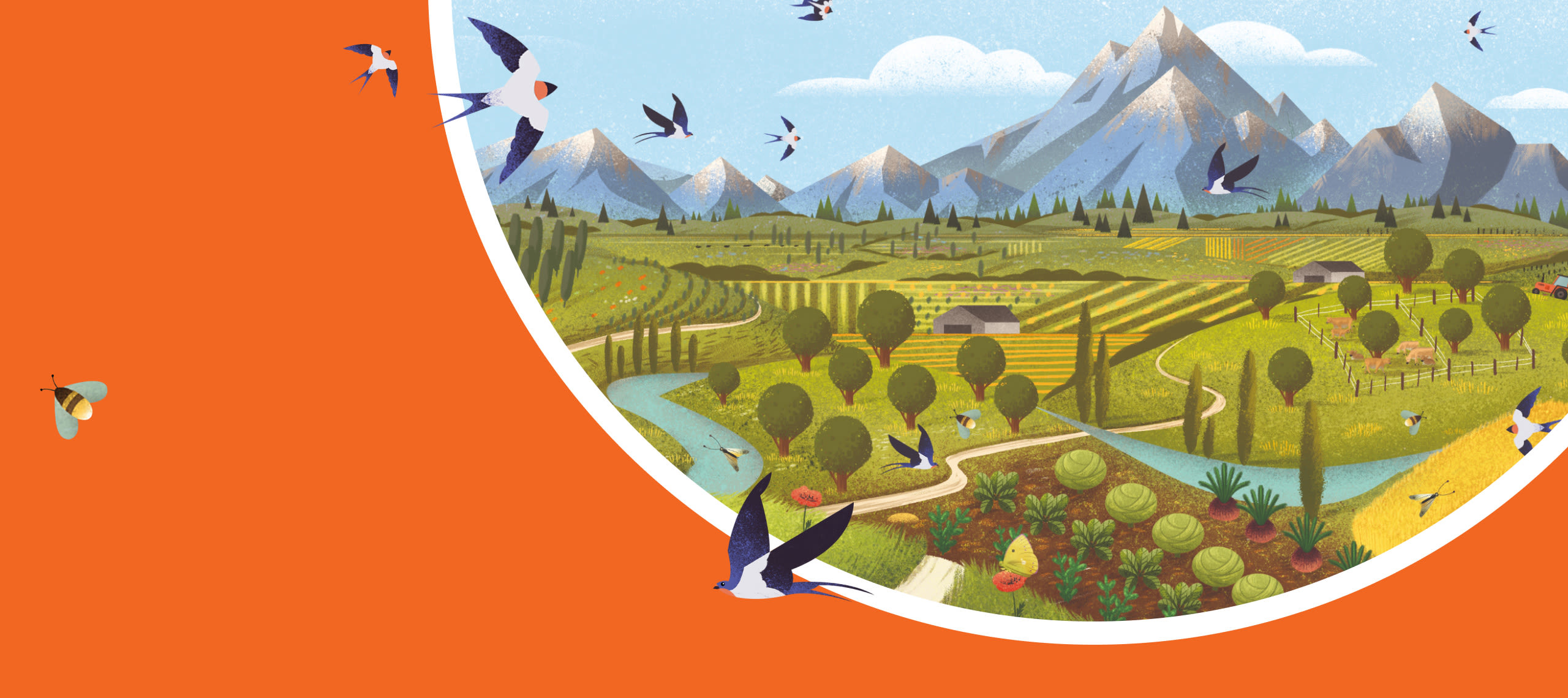We can create a food system that is better for nature, climate and business.
The current food industry is one of the biggest drivers of biodiversity loss and accounts for a third of global greenhouse gas emissions.
Our research suggested that a circular economycircular economyA systems solution framework that tackles global challenges like climate change, biodiversity loss, waste, and pollution. It is based on three principles, driven by design: eliminate waste and pollution, circulate products and materials (at their highest value), and regenerate nature. for food could help address the climate crisis and improve the biodiversity of the landscape it came from, but we wanted to see if it could be done for real. The Big Food Redesign Challenge proved it can.
But that’s not all. The Challenge has been a catalyst for transformative ideas, demonstrating the compelling rationale for businesses to embrace circular design for food. From enhanced economic resilience to increased business development opportunities, it has shown that making informed decisions about ingredient selection and production methods can help food brands and retailers play a leading role in building a food system that supports nature.

What is the Big Food Redesign Challenge?
In 2023, the Ellen MacArthur Foundation, in partnership with the Sustainable Food Trust, launched the Big Food Redesign Challenge to catalyse and inspire the food industry to build a better food system based on the principles of a circular economy.
57 ambitious producers, start-ups, suppliers, and retailers from around the world have stepped up — successfully submitting 141 products designed to regenerate nature. Compared with the food industry average, these products are better for the climate, biodiversity and soil health.
Through their participation in the Big Food Redesign Challenge, companies are making progress by designing with nature in mind and highlighting barriers that still need to be overcome.


The circular design for food guide
Packed with real-world solutions and practical advice, the guide draws on knowledge gathered from participants in the Big Food Redesign Challenge, and explores how to make nature-positive food the future of your business.

Nature in mind
Nature in mind identifies food products that have been designed in line with circular economy principles. Showcasing the products alongside this term aims to:
Build consumer understanding of opportunities to positively impact natural systems through food design
Set a direction for producers to deliver for nature
Make the right choice the easy choice
These products are showcased on our Nature in mind website and stocked at leading supermarkets Carrefour Brasil Group, Casa Rica, and Waitrose, as well as food retailers Abel & Cole, and Fortnum & Mason and Quitanda. Retailers had the opportunity to use a ‘Nature in mind’ logo to showcase their product selection both in-store and online, aiming to inspire food businesses and retailers to contribute to a food system that is better for nature and climate.
Circular Design for Food Framework
Our Big Food Redesign report shows that applying the principles of the circular economy across all dimensions of food design – from product concept, through ingredient selection and sourcing, to packaging – unlocks substantial environmental, economic, and yield benefits. This is circular design for food:

Challenge products have been designed in alignment with the Circular Design for Food Framework. This means that they include ingredients that are upcycled, diverse or lower impact, and shared information indicates that the ingredients are being sourced in a way that keeps nature in mind. Any packaging is also designed to be kept in the economy and out of the environment.
It’s important that circular design for food principles are ‘baked in’ from the outset, not ‘sprinkled on’ afterwards. The circular economy is not about making small, incremental changes to our current system — it’s about completely transforming the way the entire system works.

Want to stay up to date?
Subscribe to our newsletter to receive news from across the Ellen MacArthur Foundation, including the latest updates on our work in food.

